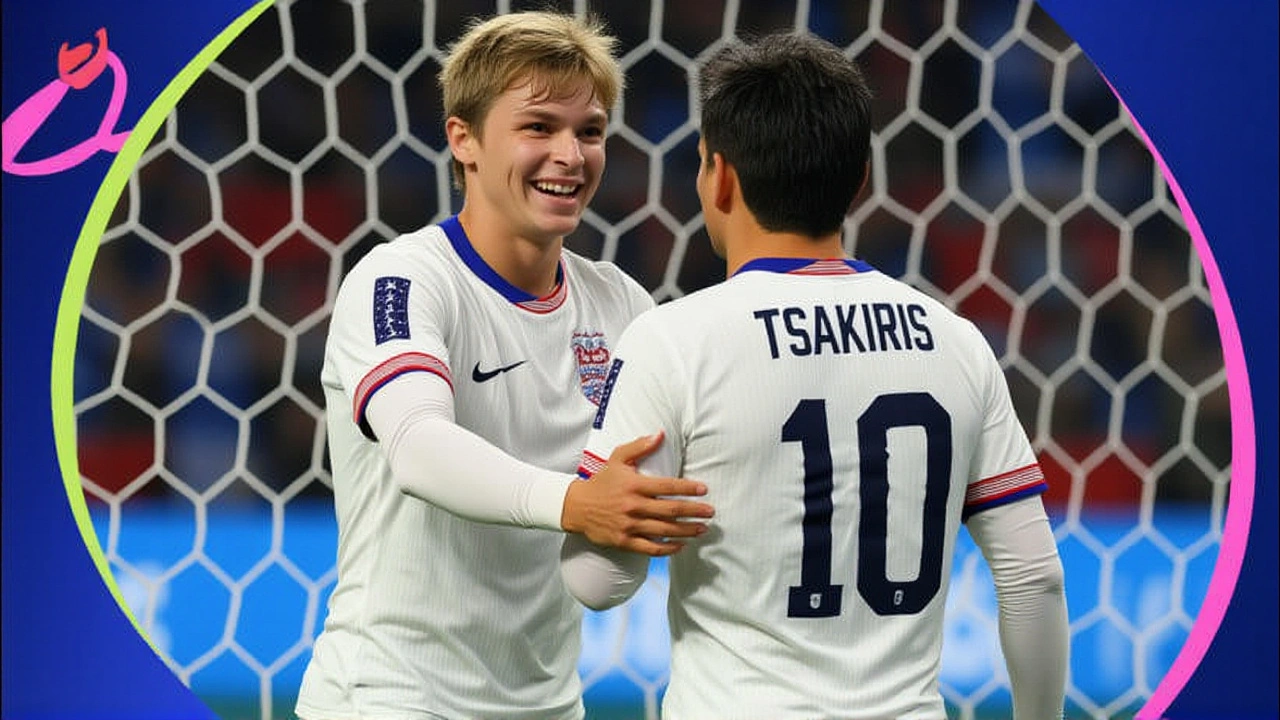USA U-20 – News, Analysis and Player Spotlights
When following USA U-20, the United States men's under‑20 national soccer team that competes in international youth competitions, also known as US U‑20, you’re looking at the primary pipeline to the senior national side. CONCACAF U-20 Championship, the regional qualifier that decides which North American teams reach the FIFA U-20 World Cup provides the first major test, while FIFA U-20 World Cup, the global tournament showcasing the world’s best teenage talent every two years offers the stage for exposure. Behind the scenes, MLS, Major League Soccer’s academy system that grooms young prospects for professional play and College Soccer, the NCAA competition where many players earn scholarships and develop tactically act as the main talent pools. Together these entities create a network that feeds the U‑20 roster, lets coaches track progress, and prepares players for senior duty. USA U-20 encompasses youth development pathways, requires robust scouting networks, and thrives on competitive experience at both regional and world stages.
How the System Works: From Schoolyards to World Cups
The journey starts on local fields where high‑school coaches and club directors first spot a promising winger or a commanding centre‑back. Scouting reports then move to the US Soccer Development Academy, which aligns closely with MLS academies. Those academies give players daily professional‑level training, while college programs offer a balance of education and high‑level matches. Once a player hits the radar, the national scouting staff invites them to training camps that feed directly into the CONCACAF U-20 Championship roster. Success there can earn a spot at the FIFA U-20 World Cup, where performance often triggers interest from European clubs and boosts a player’s market value. This pipeline means every match, whether a college conference clash or an MLS U‑17 friendly, can influence the final U‑20 squad composition.
Because the U‑20 level is a bridge between youth and senior football, the coaching staff must blend tactical discipline with creative freedom. They often run systems that mirror the senior national team’s style, so players transition smoothly when called up. At the same time, the staff monitors physical development, ensuring that a 19‑year‑old can handle the rigors of senior international travel. Data analytics, video breakdowns, and sports science are now part of the routine, turning raw talent into well‑rounded professionals. As you scroll through the collection below, you’ll see coverage of recent qualifying matches, player profiles, tactical analysis, and the impact of domestic leagues on the U‑20 squad. All of this gives you a clear picture of how the USA U-20 ecosystem operates and why it matters for the future of American soccer.






